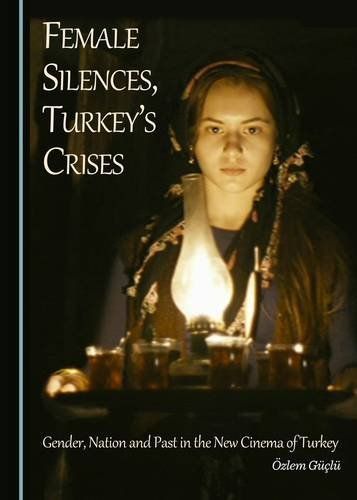
Female Silences, Turkey's Crises Gender, Nation and Past in the New Cinema of Turkey
In the mid-1990s Turkish cinema experienced a remarkable revival. However, what is particularly unusual about this revival is the emergence of a new representational form: silent, inaudible characters. Equally unusual is the fact that this new on-screen silence had a gender(ed/ing) aspect, since, for the most part, the mute(d) characters were female. This book focuses on these newly emergent silent female characters in the new cinema of Turkey, and explores the relationship between the ‘new’ female representational form, the ‘new’ cinema of Turkey, and the ‘new’ socio-political climate in Turkey after the September 12, 1980 military coup. It investigates two central questions: what are the functions, formations and operations of these silent female characters, and why did this female representational form emerge specifically in this timeframe? Bearing a cinematic function of instrumentality and exposing, one way or another, a close association between point of view and discursive authority in the films studied, the silent female representational form in the new cinema of Turkey is a cinematic symptom of the on-going struggle over the disrupted orders of gender, nation and national memory due to an increase in thus-far silenced or marginalized voices in Turkey. The silent form not only functions as a cinematic instrument to reveal crises in hegemonic power positions, but also becomes a battleground within a struggle for (re)obtaining a position of discursive authority in the realms of gender, nation and past. The silent form in itself becomes an instrument on the discursive level, which enables a response to Turkey’s crises in these three interconnected realms in the post-1980s.